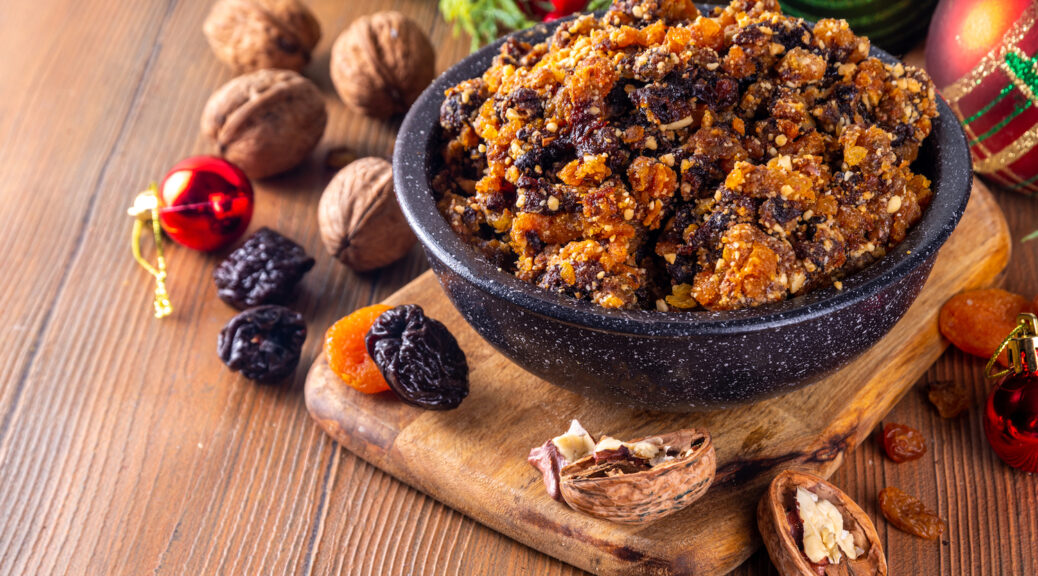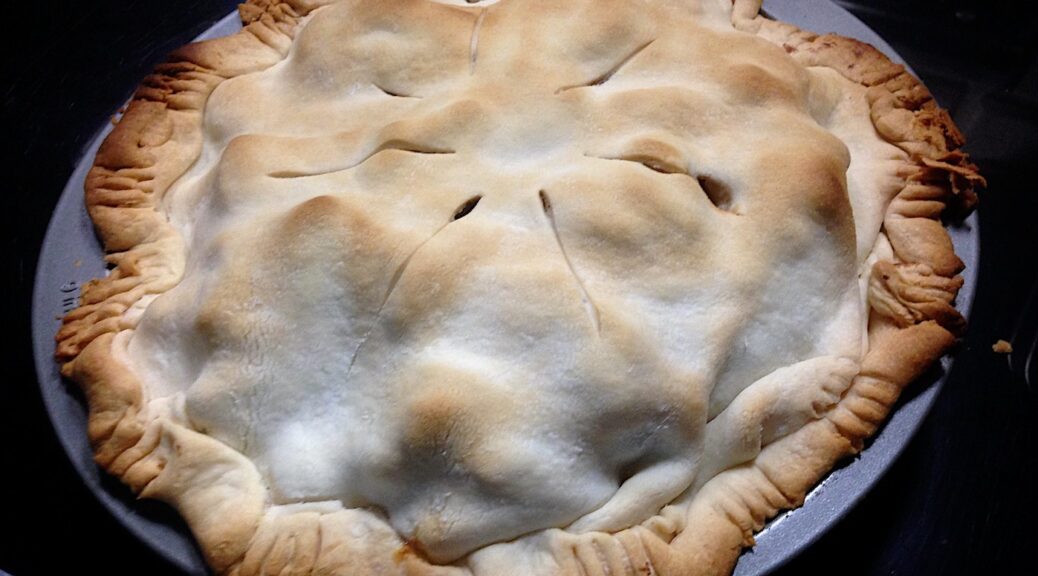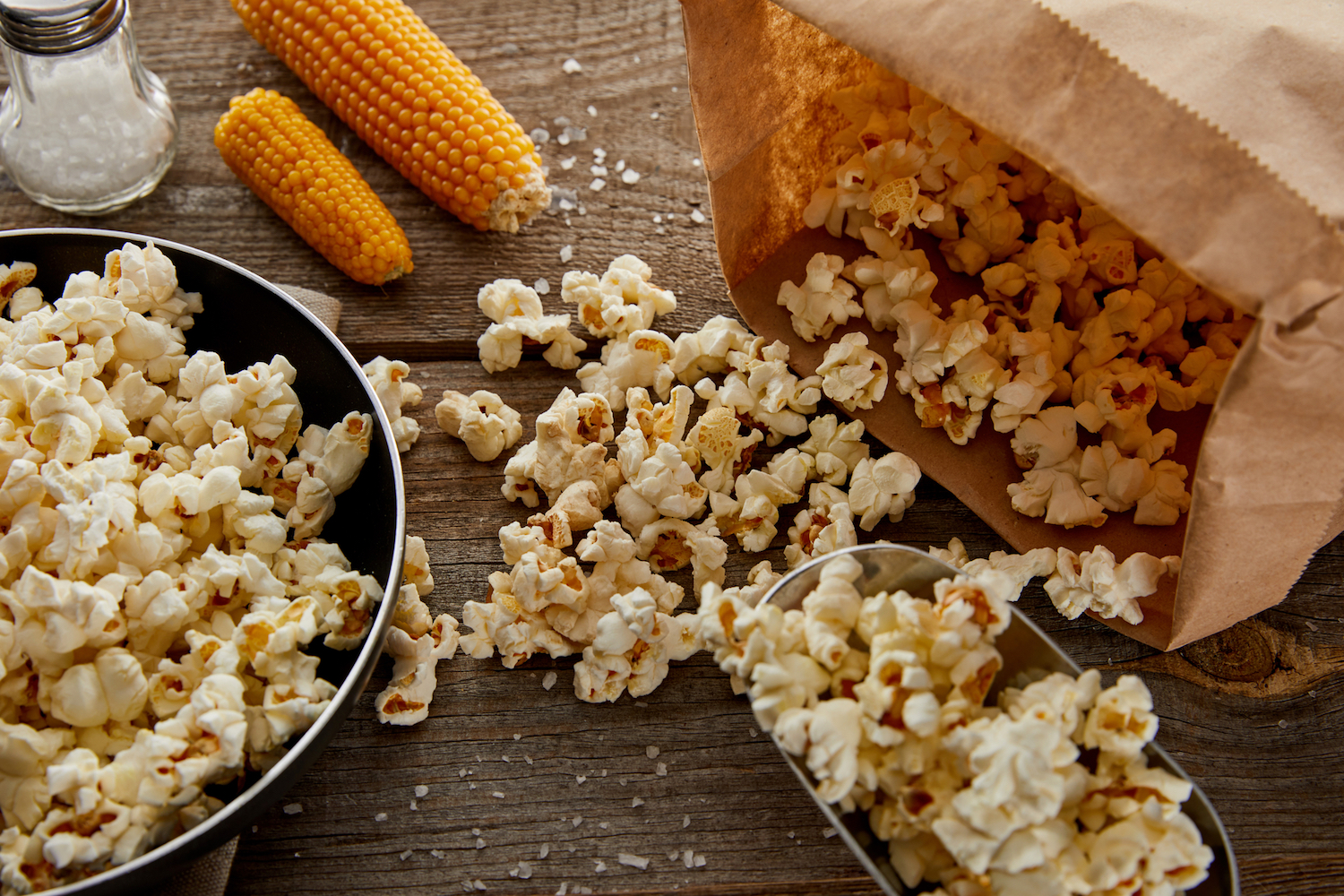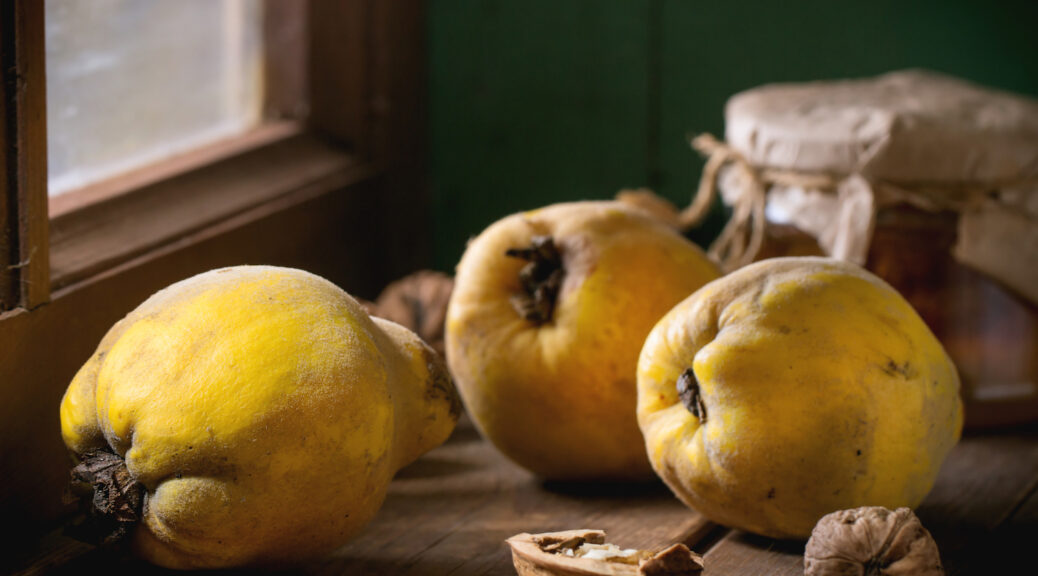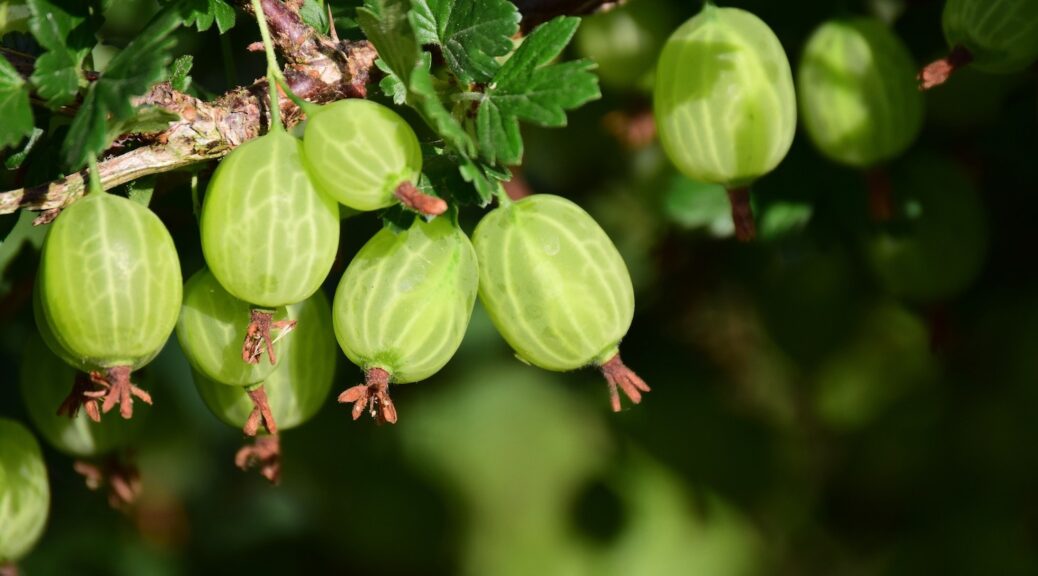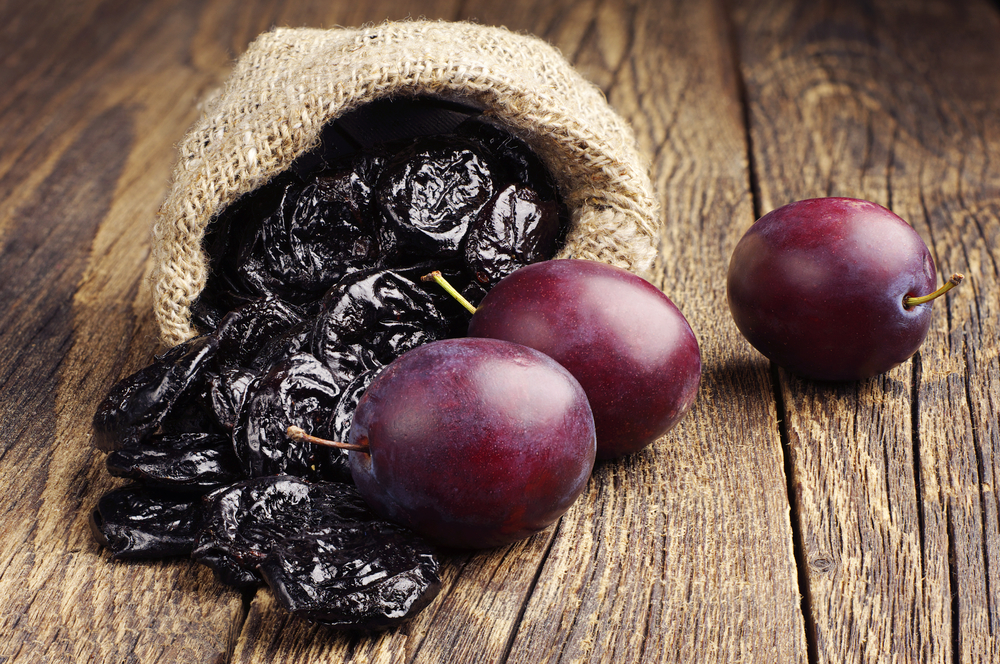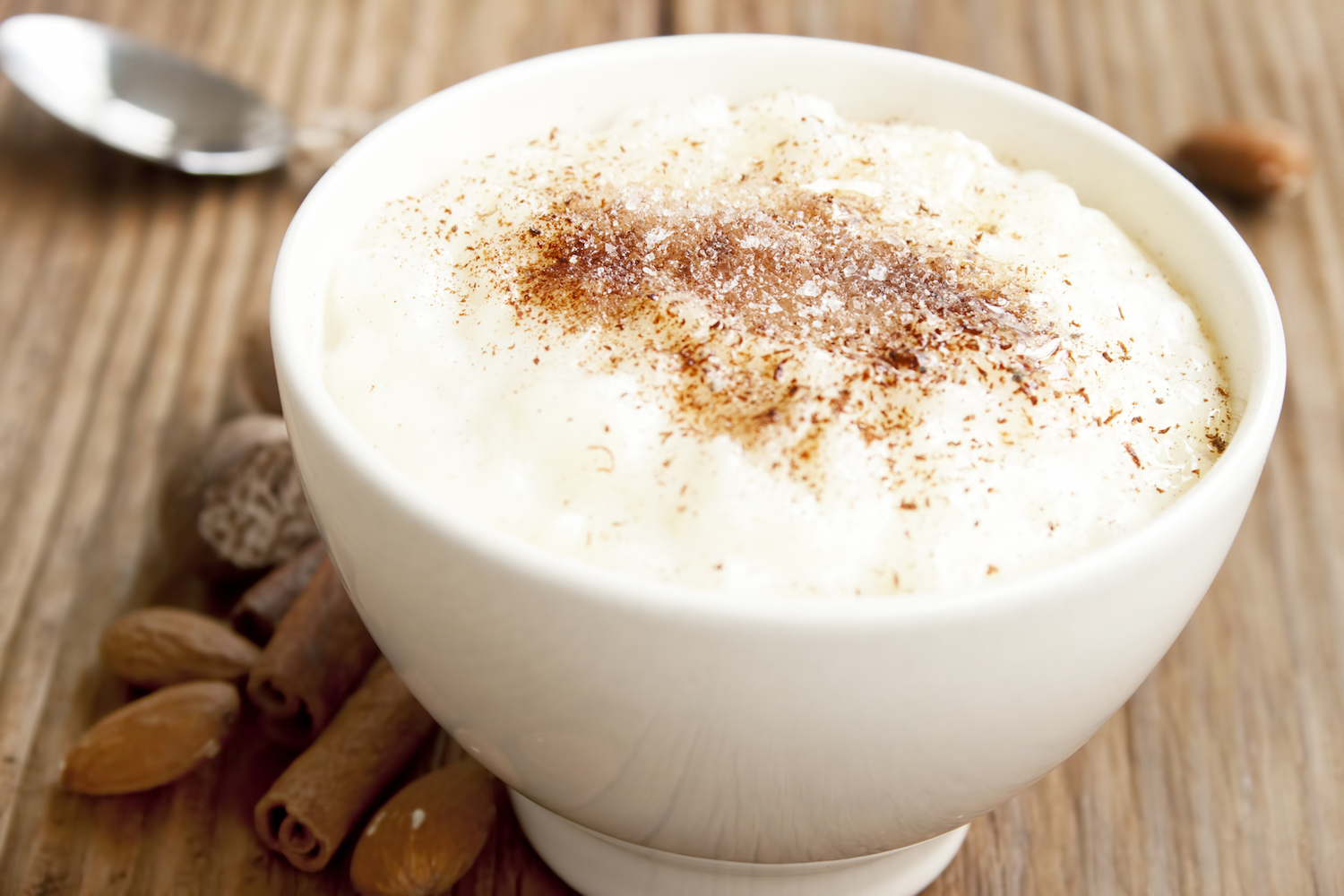Mock Mincemeat Recipes – Without Meat
Traditional mincemeat contained meat, fresh fruit (mostly apples), dried fruits such as raisins and currents, spices, and alcohol, which helped preserve it. Mock mincemeat has no meat, but some of the recipes include suet, which is beef or sheep fat. If you are a vegetarian, perhaps you could substitute a vegetable fat if you wanted to try one of these recipes. Click on this link if you’d like to read the post on making traditional mincemeat. INFORMATION BELOW FROM 1800s…
